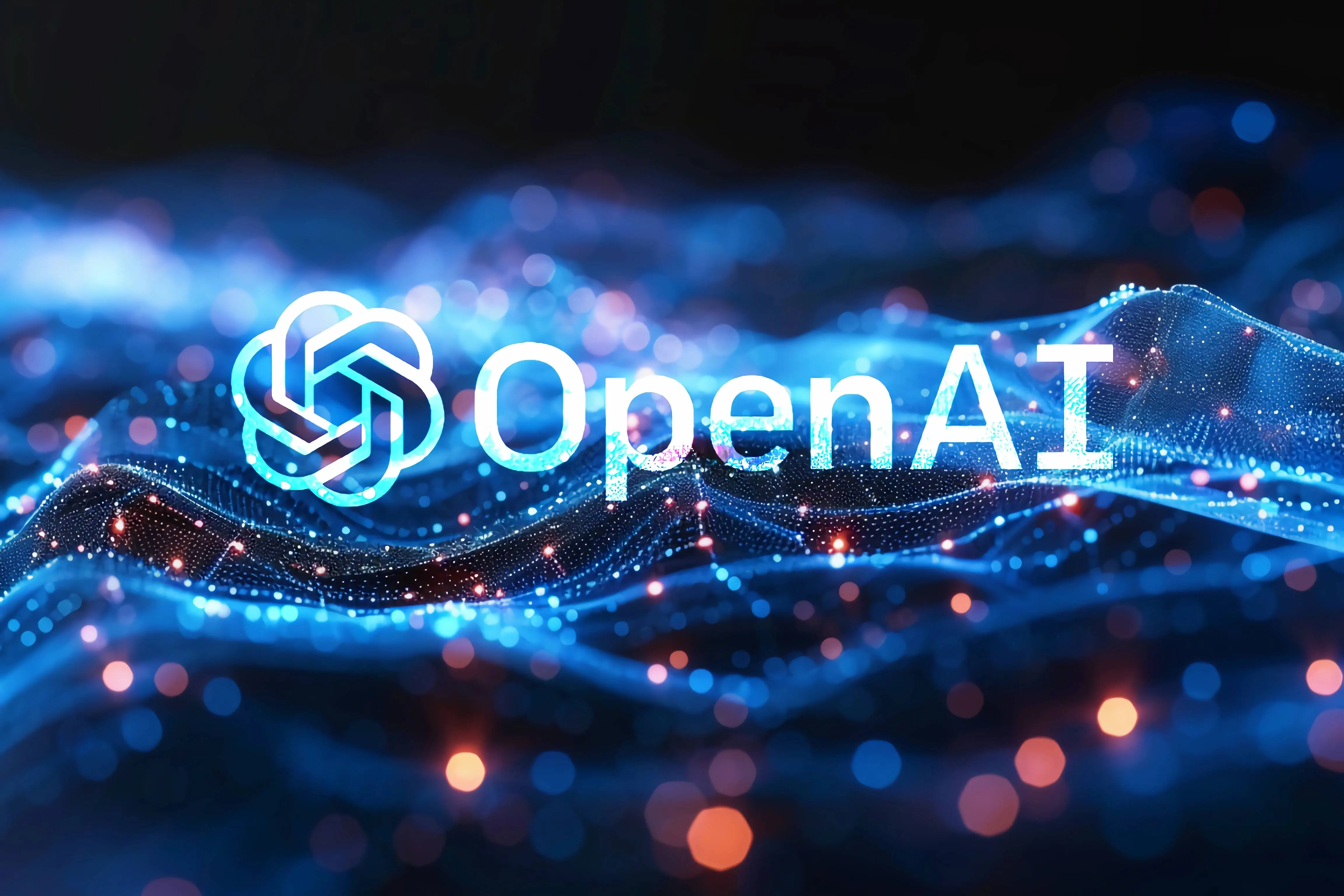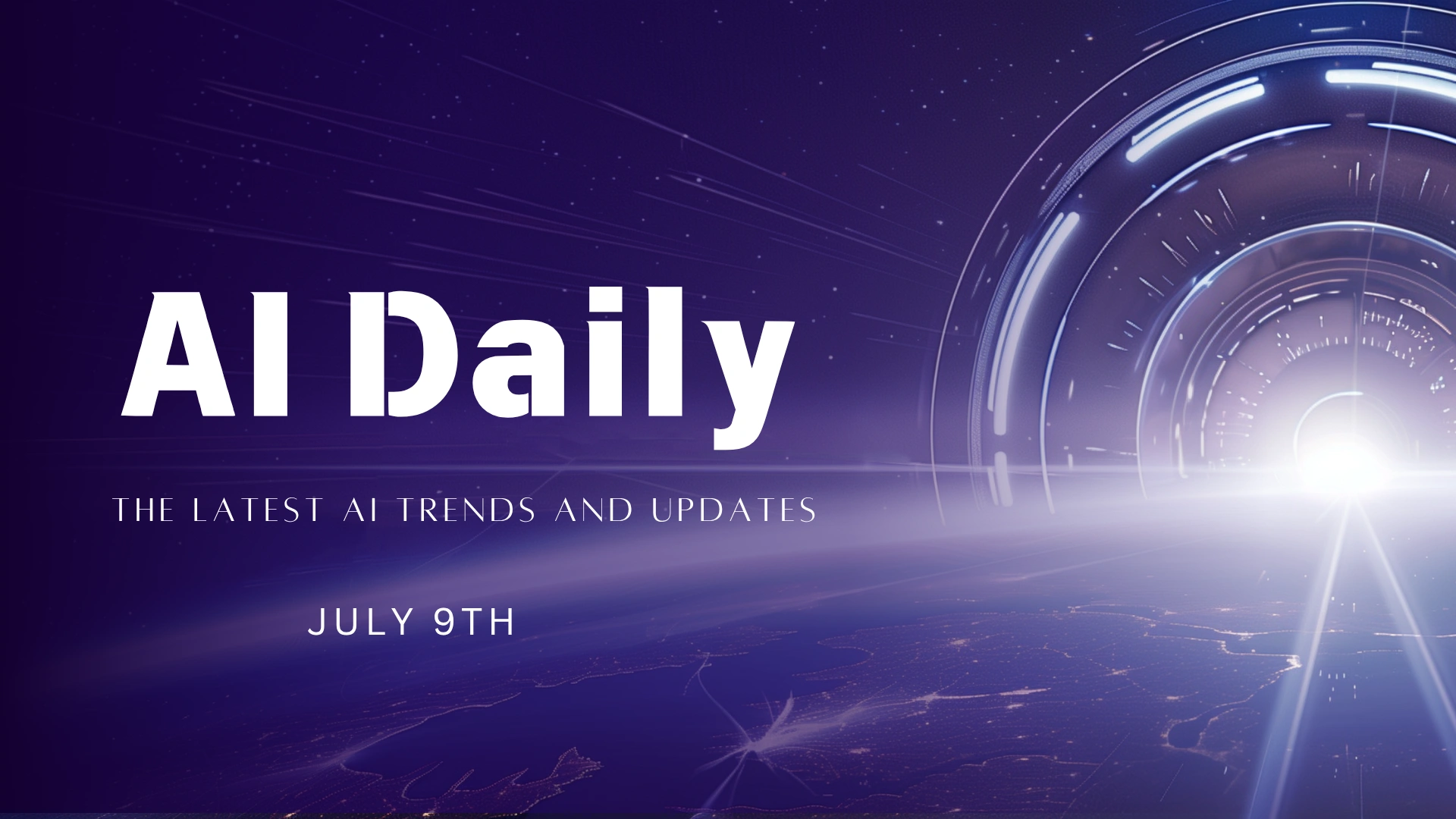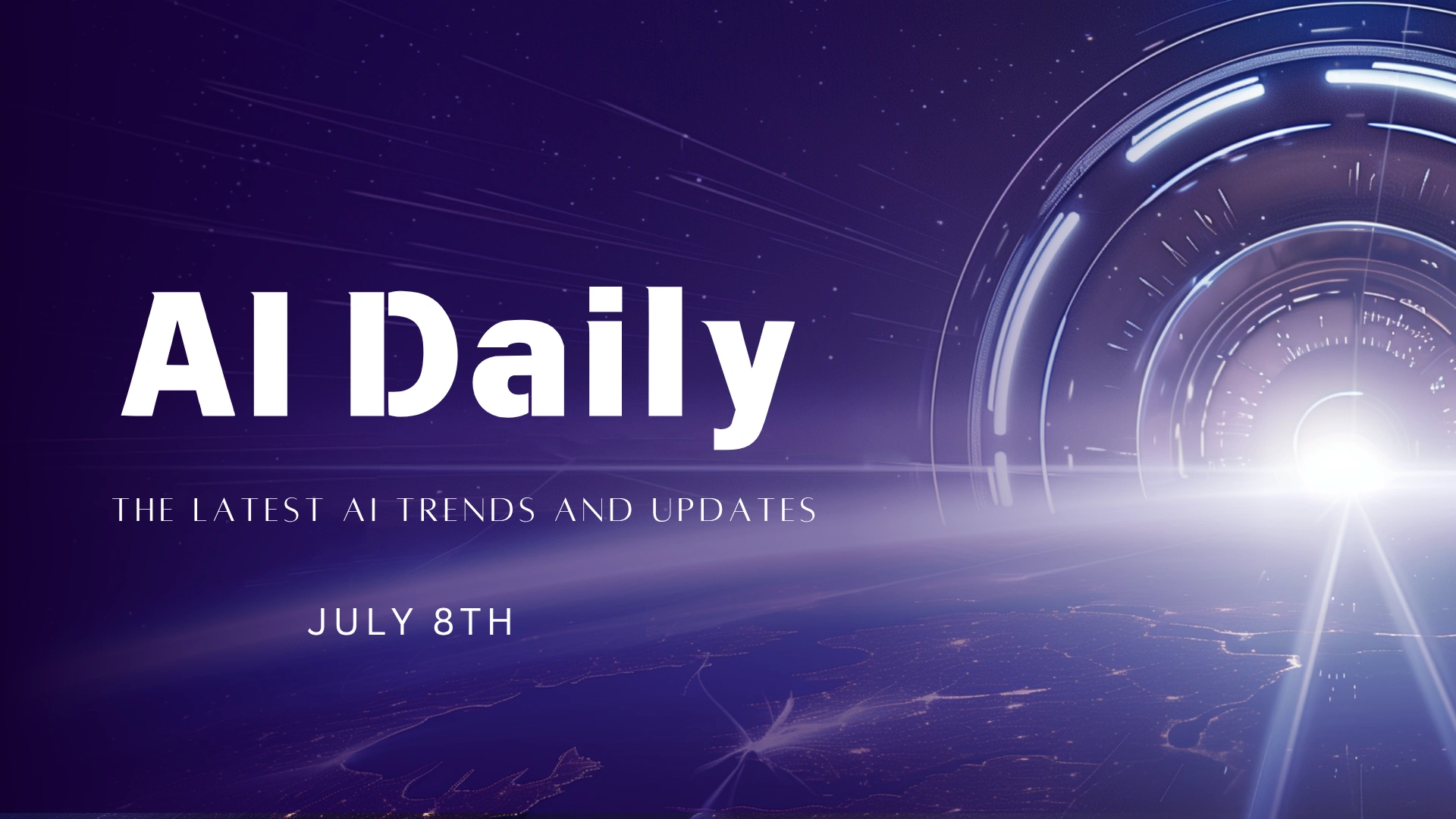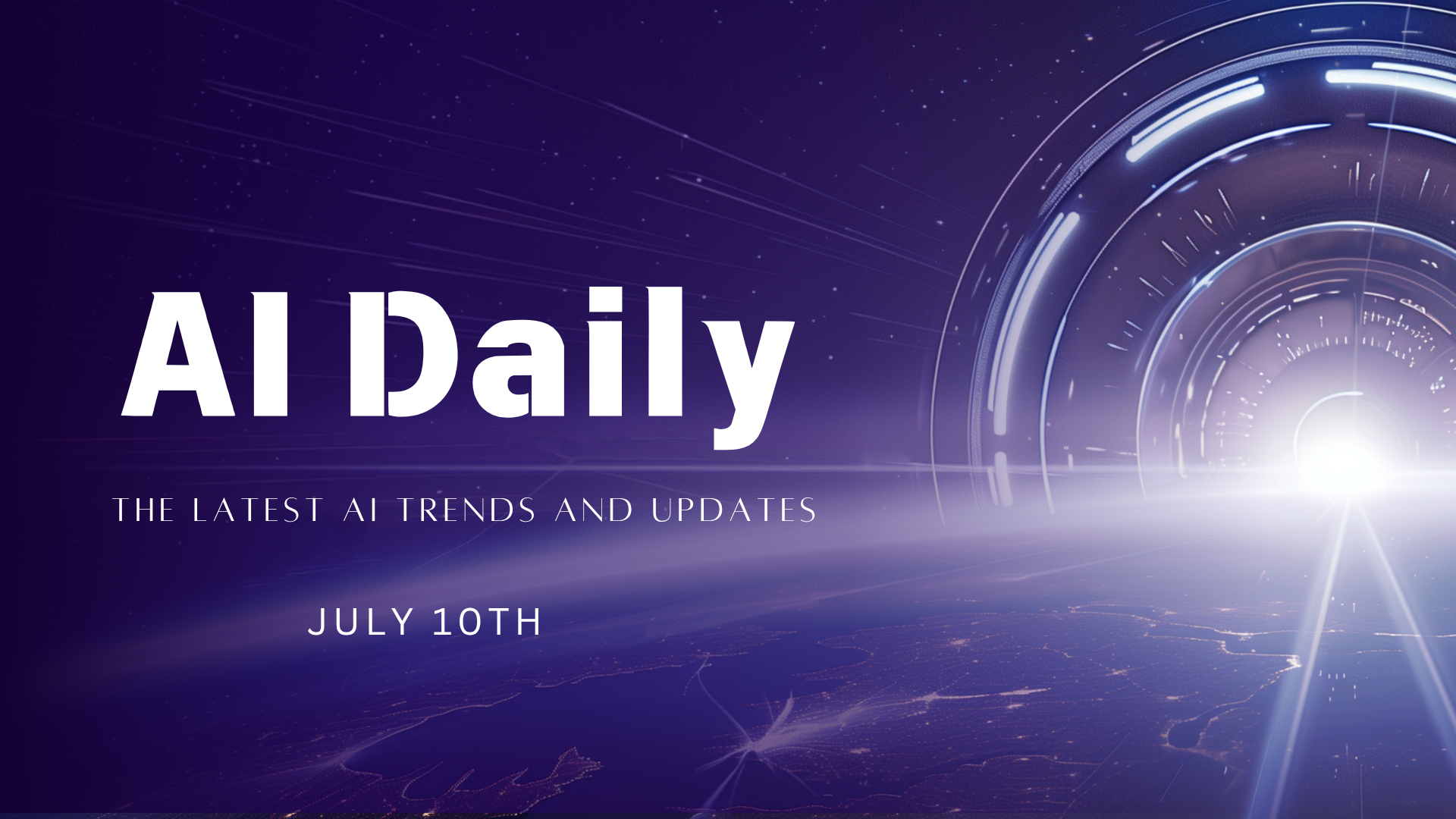AI Daily: The Latest AI Trends and Updates – July 10th
- AI Daily
- OpenAI
- Gemini
In the rapidly evolving world of artificial intelligence, key players are continuing to push boundaries with new technologies, strategic partnerships, and market milestones. Here’s a concise update on the latest developments making waves in the AI sector.
1. OpenAI to Launch AI-Powered Browser and Open-Weight Model
OpenAI is preparing to release an AI-powered web browser that aims to challenge Google Chrome’s dominance. This browser will integrate AI to enhance web browsing, providing users with tailored experiences. Additionally, OpenAI plans to release a new open-weight model similar to o3 mini, designed for advanced reasoning tasks. This move represents OpenAI’s shift towards offering more open and accessible AI tools.
Commentary: OpenAI’s move into browsers and open models could disrupt how we interact with the web, but it faces strong competition from established tech giants like Google.

2. xAI Partners with Oracle to Deploy Grok 3
xAI has partnered with Oracle to integrate its Grok 3 AI model into Oracle Cloud Infrastructure. This collaboration allows Oracle’s enterprise customers to leverage Grok’s language understanding capabilities for tasks like data extraction, coding, and text summarization. The integration will enhance Oracle's cloud-based AI services, enabling businesses to manage complex data more efficiently.
Commentary: This partnership strengthens Oracle's AI offerings, positioning it as a serious contender in the enterprise AI space.
3. Google Introduces Gemini to Wear OS Devices
Google’s AI assistant, Gemini, is now available on Wear OS devices, including those from Pixel, Samsung, OPPO, and others. Gemini offers more natural voice interactions, making it easier for users to manage tasks like scheduling, messaging, and navigation. It’s set to enhance the smartwatch experience by integrating deeply with Google services and providing AI-driven assistance on the go.
Commentary: Gemini on Wear OS enhances smartwatch interactivity and could help drive adoption of Google’s wearable ecosystem.
4. Microsoft Unveils Phi-4 Mini Flash Reasoning Model
Microsoft has released Phi-4 Mini Flash Reasoning, an AI model optimized for devices with limited computational resources, like laptops and tablets. The model’s use of Microsoft’s SambaY architecture boosts inference efficiency by 10 times. It is designed to support advanced reasoning tasks while maintaining high performance, even on edge devices with restricted resources.
Commentary: This model makes advanced AI accessible on devices with limited resources, widening the potential for AI adoption.
5. Nvidia Achieves $4 Trillion Market Capitalization
Nvidia has become the first company to reach a $4 trillion market capitalization. This milestone highlights its dominance in the AI and semiconductor industries, driven by strong demand for AI chips and GPUs. Nvidia’s Blackwell architecture is a key contributor to its growth, although its high price-to-earnings ratio has raised concerns about an "AI bubble."
Commentary: Nvidia's market dominance is impressive, but its high valuation may indicate an AI investment bubble that could impact future growth.

AI Daily: The Latest AI Trends and Updates – July 9th
Big names are making big moves today in the AI world! From Elon Musk teasing the live launch of Grok 4, to Google rolling out powerful tools and Anthropic setting new standards
By Luna 一 Jul 10, 2025- Grok
- Hunyuan
- AI Daily

AI Daily: The Latest AI Trends and Updates – July 8th
Greetings and welcome to today’s edition of AI Daily, where we bring you the most recent advancements and breakthroughs in the world of artificial intelligence. From the anticipated launch of GPT-5 to new features like Claude Code Hooks
By Luna 一 Jul 10, 2025- Gemini
- ChatGPT
- AI Daily
- X
- Youtube
- Discord



